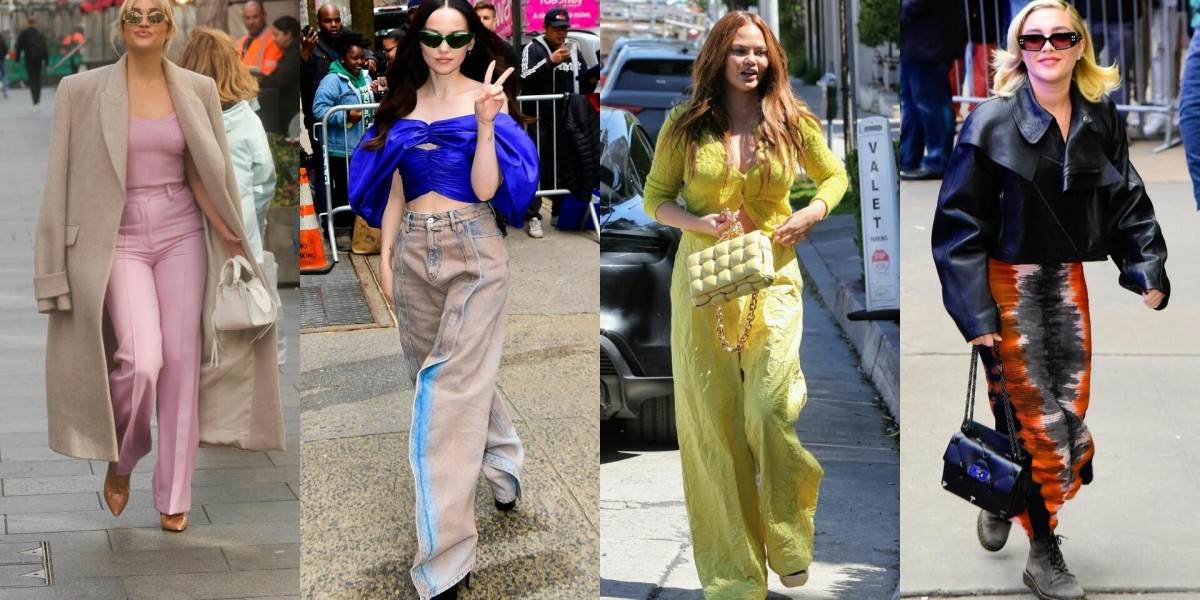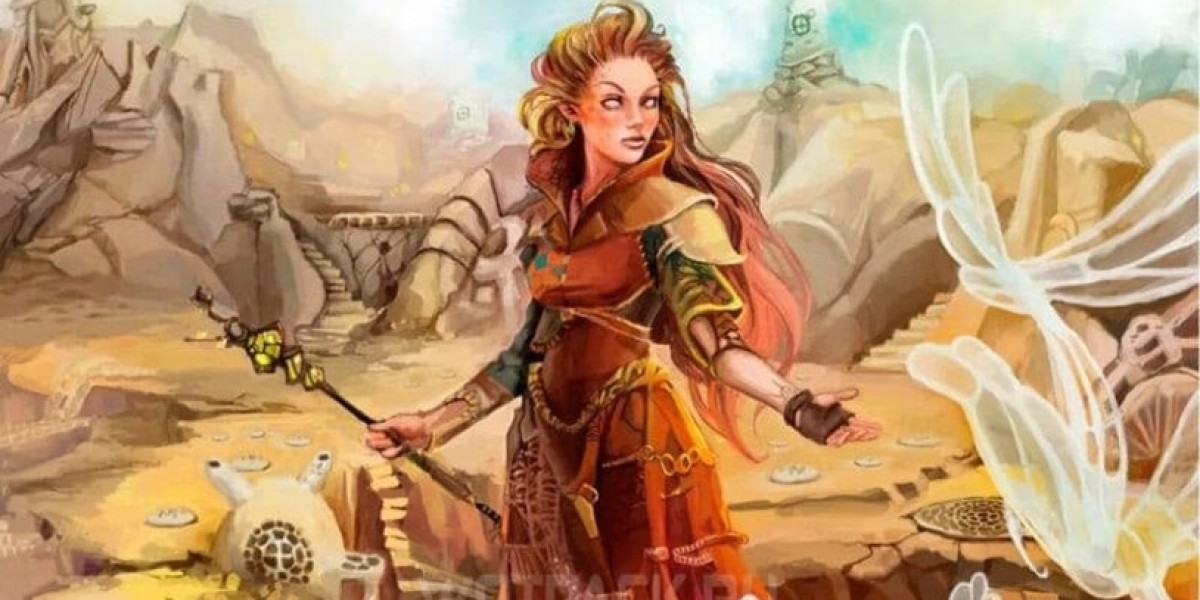Leather Jacket Origins
The history of leather jackets dates back to World War I and World War II military aviation use, where leather was chosen due to its durability and warmth as the perfect material for bomber jackets worn by pilots to endure harsh conditions at higher altitudes while providing both protection and comfort. Over time these practical yet rugged aesthetics quickly made their way into civilian fashion as an emblematic representation of adventure and resilience.
Evolution of Styles
Leather jackets have evolved over time into various styles that each provide their own charm and purpose. Here are some iconic examples:
The Bomber Jacket Originally developed as military pilot uniforms, the bomber jacket has become a beloved fashion classic since its creation. Featuring fitted waist and cuffs with zippered front access and often featuring sheepskin collars for comfort, its timeless design remains popular across casual and formal settings alike. Modern variations may even include lightweight models suitable for all seasons.
Popularized by 1950s biker culture, or "moto jacket"s have long been an icon of rebellion and nonconformity; brands like Schott's Perfecto jacket have become iconic symbols of nonconformity thanks to film stars such as Marlon Brando and James Dean wearing them as symbols of nonconformity and rebellion. Their rugged yet fashionable design have long made them essential wardrobe items for both motorcycle enthusiasts and fashion aficionados.
The Racer Jacket
Commonly known as a cafe racer jacket, this style first emerged during postwar motorcyclist racing between cafes. Characterized by its slim fit, straight zipper, and band collar design, the racer jacket represents an attractive modern aesthetic while being suitable for various occasions due to its timeless simplicity.
The Flight Jacket Like its bomber jacket counterpart, the flight jacket was originally created for use by aviators. Recognizable by its signature fur-lined collar and boxy shape, this style combines functionality with vintage charm - associating itself with heroism and adventure, continuing to hold an appeal among fashion enthusiasts today.
Cultural Significance Leather jackets have become iconic symbols in popular culture. Their use in film, music videos and social movements has cemented their place as symbols of cool and rebellion.
Film Has Popularized Leather Jackets
Hollywood has played an essential part in popularizing leather jackets. From Marlon Brando's rebellious biker in "The Wild One" to Harrison Ford's adventurous archaeologist in "Indiana Jones," leather jackets have been used by characters to symbolize defiance and rugged individualism - these cinematic portrayals have cemented leather jackets as symbols of defiance and rugged individualism.
Music Industry
The music industry, particularly rock and punk scenes, has taken to adopting leather jackets as a symbol of counterculture. Icons such as The Ramones, Sex Pistols and Joan Jett have worn leather jackets as part of their rebellious aesthetic; thus cementing leather's place as an iconic statement piece among those who question societal norms.
Social Movements
Leather jackets have long been adopted by various social movements as symbols of solidarity and resistance. During the civil rights movement, members of the Black Panther Party donned black leather jackets as part of their uniform to demonstrate strength and solidarity; similarly LGBTQ+ activists from the 1970s to 80s adopted leather jackets as a sign of pride against discrimination.
Modern Leather Jacket,
In modern fashion, leather jackets have continued to evolve while maintaining their timeless charm. Designers experiment with cuts, colors and textures in order to craft unique interpretations of this timeless piece. Sustainability and ethical practices are becoming more influential on production with many brands opting for eco-friendly materials and processes when producing leather jackets.
Sustainable Practices
Fashion's shift toward sustainability has lead to innovations in leather production. Sustainable options like vegetable-tanned leather utilizing natural dyes and less harmful chemicals is becoming more widely popular; recycled leather and faux leather made from plant materials offer eco-conscious consumers stylish yet ethical options for clothing production.
Versatility and Styling
One of the primary factors contributing to leather jackets' continued popularity is their versatility. From dressed up looks to casual styles, leather jackets can easily adapt to suit various occasions - pair a classic black moto jacket with jeans and t-shirt for casual occasions or use it over dresses as part of an edgy yet sophisticated ensemble - effortlessly fitting into ever-evolving fashion trends with ease. This versatility keeps leather jackets relevant even as fashion trends change!
Proper Care of a Leather Jacket
Proper care of your leather jacket is crucial to its lifespan and appearance, here are some tips to keep it looking its best:
Cleaning: Avoid harsh chemicals and submersion in water for best results when it comes to jacket care. Instead, use a damp cloth for dirt removal and use leather cleaner for any more persistent stains or spills. Apply leather conditioner on a regular basis for better suppleness and to prevent cracking of material.
Your leather jacket should be stored in a cool and dry area away from direct sunlight, using a padded hanger to preserve its shape. Avoid folding it for extended periods as this could result in permanent creases.
Protect Your Jacket Make sure your jacket remains waterproof by applying waterproofing spray. Should it become wet, allow it to air dry naturally without exposure to direct heat sources.
Conclusion
The leather jacket's timeless appeal stems from its long history, varied styles, and cultural relevance. From military origins to iconic status in fashion and popular culture, its wear has long been seen as a sign of rebellion, sophistication, and timeless style. As fashion industries adapt and change over time, leather jackets will remain beloved pieces in wardrobes worldwide.








